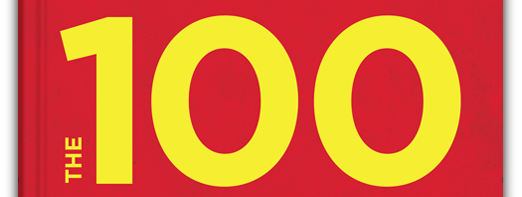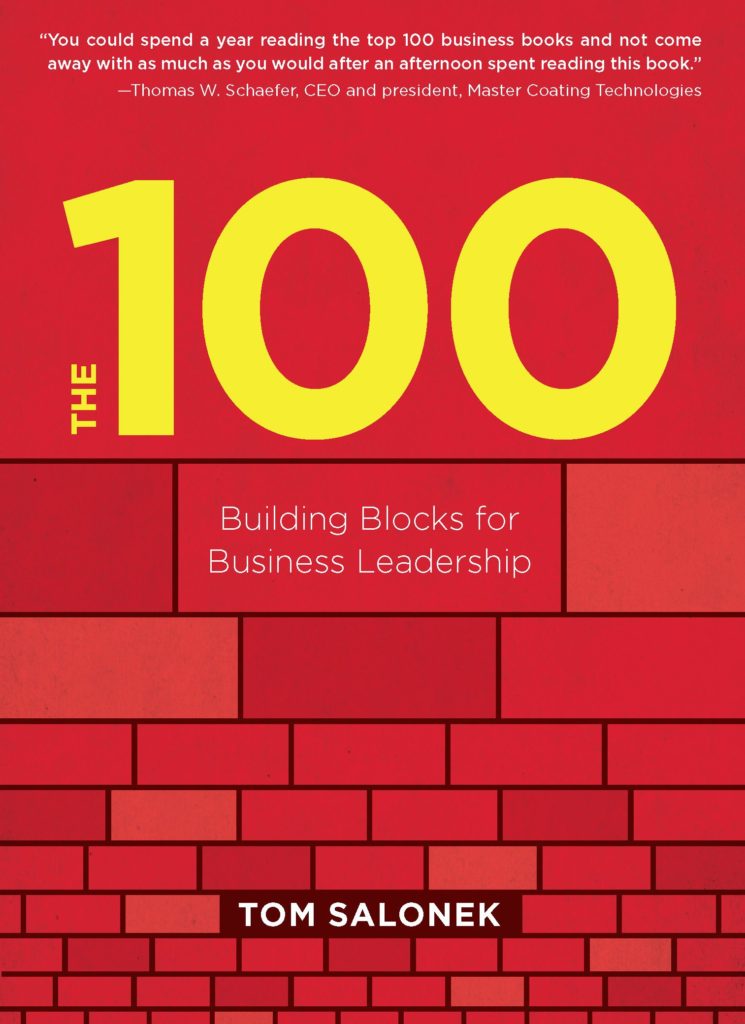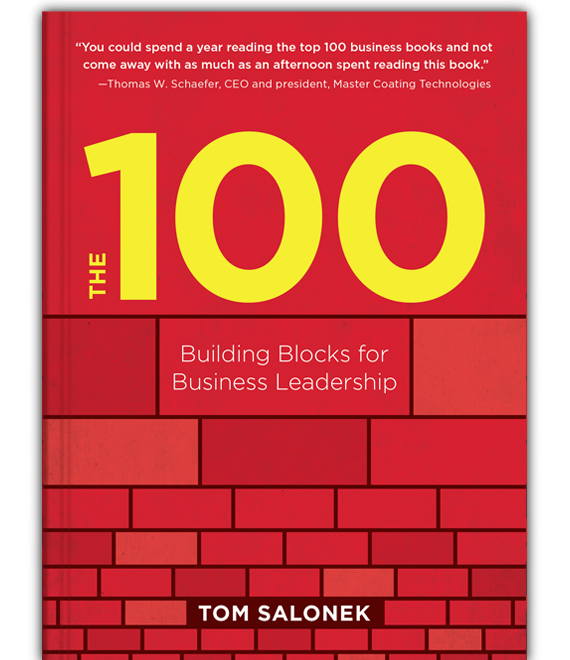It’s That Time of Year; Time to Plan for Next Year

Every fall, we gather at an annual offsite meeting to set goals, no more than three per year, for the upcoming year. We also include time for socializing with each other (though, this year, it’s all remote meetings and a virtual happy hour).
Not only does it give us a clear focus for the next 12 months, but it also reminds us of why we are choosing to build a business together.
Here are the guidelines we follow:
- Limit goals to no more than three, with one identified as the top goal.
- Make goals measurable so you know when your goals have been met.
- Assign ultimate responsibility for each goal to someone with the proper authority.
- Have frequent updates to “shine a light” on progress toward each goal.
- Create a theme that ties everyone in the company to the top goal for the year.
- Hold quarterly meetings to review what’s been done and what’s next.
Here’s the low-down how we run our Strategic Planning two-day offsite.

